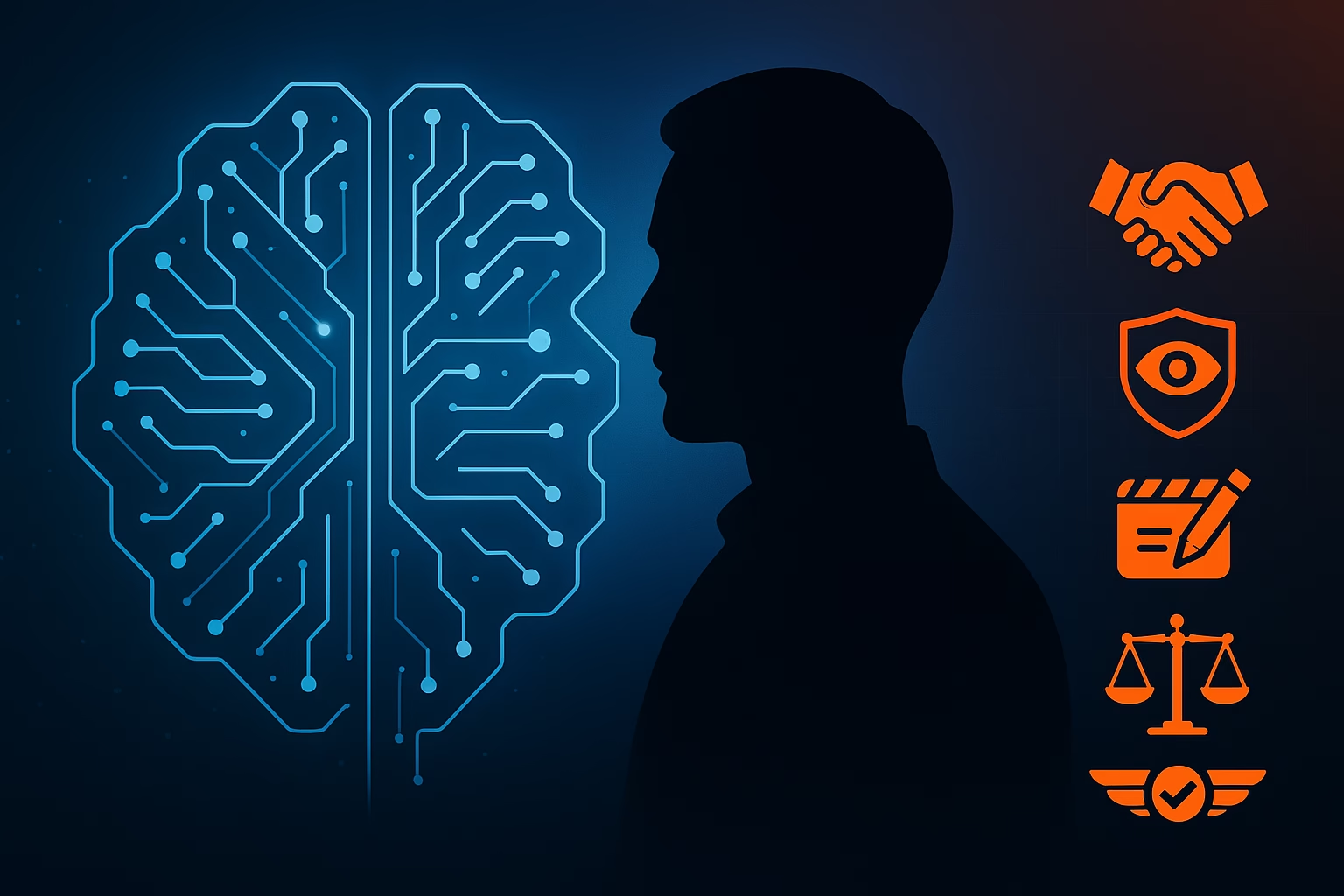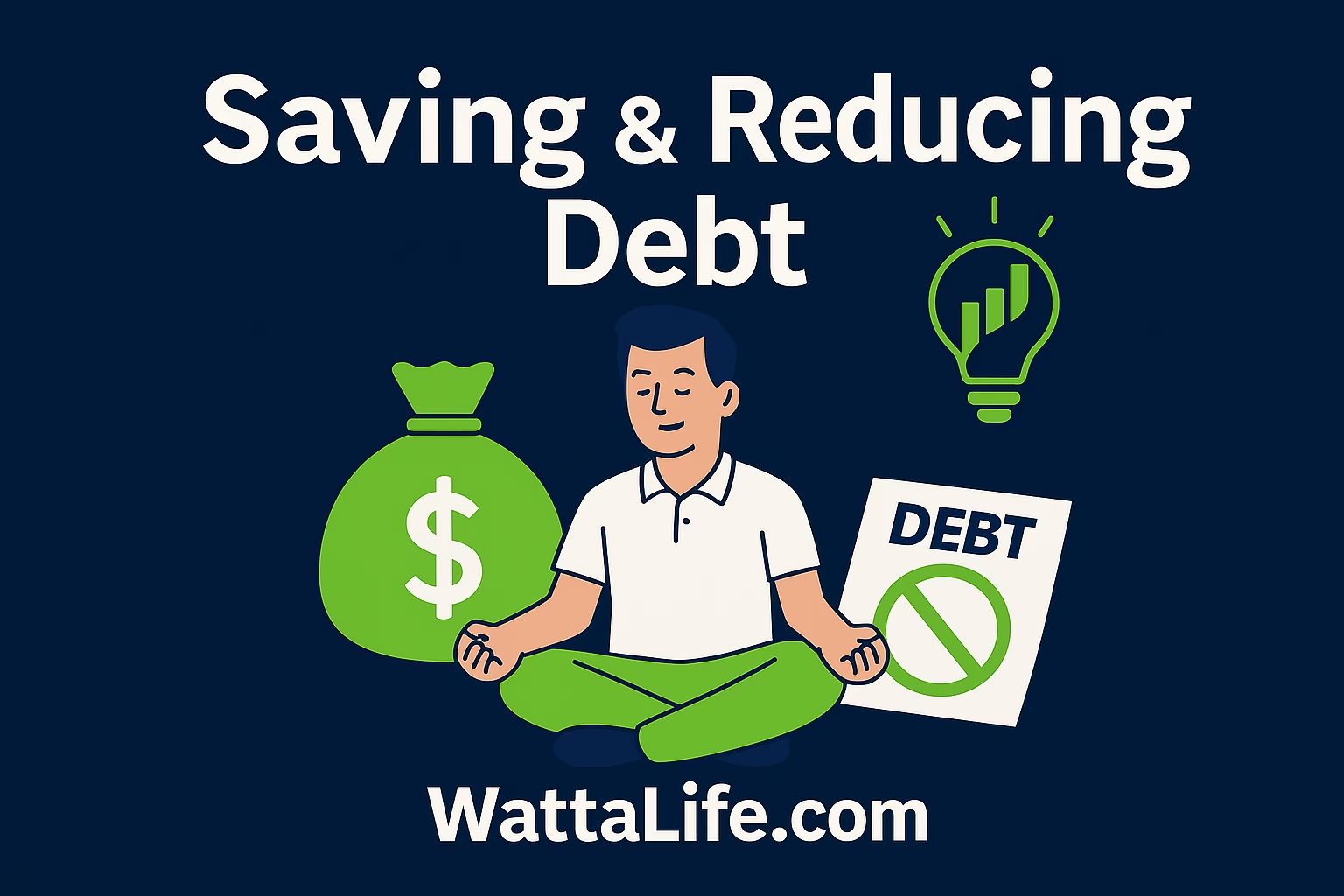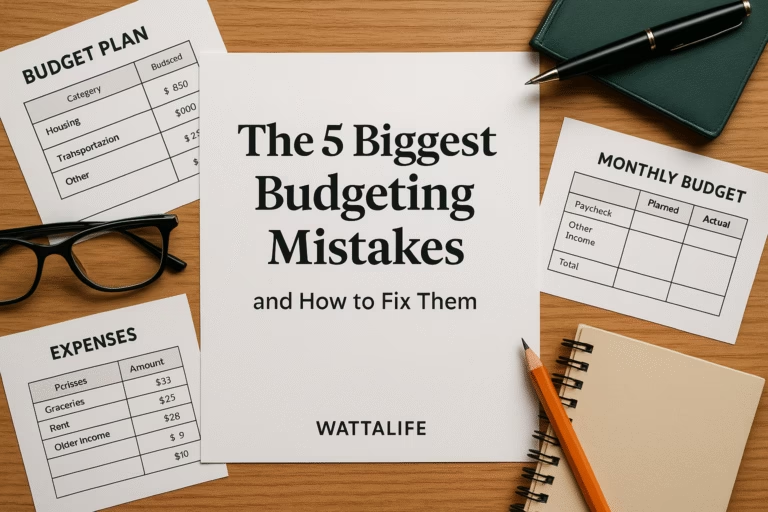5 Jobs Safe from AI

Future of Work · AI Safety · Finance
The Only 5 Jobs That Will Survive 2030
Insights from AI Safety Expert Dr. Roman Yampolskiy
AI won’t just take tasks—it will reshape entire economies. Here’s a practical, investor-minded guide to the five human job categories most likely to endure—and how to position your skills, brand, and portfolio before 2030.
Keywords: future proof jobs 2030, AI job automation 2030, jobs safe from AI, AI governance careers, AI oversight jobs, Roman Yampolskiy insights, personal brand in AI era, UBI and AI economy, future of finance and AI.
Introduction: Why AI Is Different This Time
Every major technology—electricity, automobiles, the internet—displaced some jobs and created others. AI is different because it can perform many types of labor across mental, physical, creative, and even emotional domains. Drawing on the work and public warnings of AI safety expert Dr. Roman Yampolskiy, this article explores a scenario in which most roles become either automated or functionally obsolete by 2030. But five human job categories remain relevant—because society, ethics, and risk still require human presence, judgment, and accountability.
For creators, investors, and professionals planning their careers, the core challenge is not “How do I use another tool?” but “How do I design a resilient income system around what machines shouldn’t or can’t own?” Below, we’ll break down those surviving job categories, the likely financial dynamics, and exactly how to prepare—without hype, and with a pragmatic bias toward outcomes.
The Five Job Categories Likely to Survive 2030
Based on Yampolskiy’s broader AI safety perspective, these five categories endure because they sit at the intersection of trust, ethics, governance, and symbolic legitimacy. Machines may execute, but humans must still own the meaning and bear responsibility.
1) Human-to-Human Roles
AI can simulate warmth, but humans crave authenticity. Roles that revolve around real presence—therapists, counselors, teachers, spiritual leaders, caregivers, live performers—provide reassurance, meaning, and social cohesion. In finance terms, expect a premium on relational services that solve anxieties machines exacerbate. Monetization moves from “time spent” to outcome-aligned programs, group formats, and community memberships.
- Positioning tip: Package your expertise into a signature system with milestones, accountability, and community.
- Revenue stack: cohort programs · private intensives · community subscriptions · live workshops.
2) AI Control & Oversight
As systems scale, society will insist on human guardrails. Careers in AI governance, red-teaming, security, risk, compliance, and algorithm auditing will be elite and impact-heavy. Think digital air-traffic controllers for models powering economies. The headcount may be small, but the leverage is enormous.
- Positioning tip: Build a portfolio of audits, model cards, and documented safety tests. Publish short policy briefs.
- Revenue stack: retained compliance · third-party audits · training & tabletop exercises · safety playbooks.
3) Creative Frontiers & Cultural Innovation
AI can generate content, but culture emerges from lived experience. The winners aren’t those who make more assets; they are those who build meaningful personal brands anchored in identity, values, and community. In the attention economy, audiences pay for connection, curation, and context. Pair AI tooling with human storytelling and owned distribution (email, membership, IP).
- Positioning tip: Craft a narrative arc your audience can “join”—publish episodic content with transformation milestones.
- Revenue stack: memberships · premium feeds · live tours · IP licensing · education products.
4) Ethical & Political Leadership
Who sets the rules when AI optimizes everything? Policy, law, and ethics will determine how wealth, rights, and risks are distributed. Expect rising demand for leaders who can translate complex systems into governing principles and enforceable standards. In financial terms: policy risk will rival market risk; regulatory clarity will mint new winners.
- Positioning tip: Develop a public stance with draft frameworks; collaborate with cross-industry councils.
- Revenue stack: policy consulting · advisory boards · expert testimony · compliance toolkits.
5) Jobs Requiring the “Human Stamp”
Some roles persist because the public demands a human signature—not purely for function but for legitimacy. Pilots, judges, surgeons, auditors, notaries, certain medical and legal signatories: even if automation is competent, people want a human accountable. In markets, that “trust premium” will be productized.
- Positioning tip: Pair automation with visible human checkpoints. Surface “who reviewed this” in your UX.
- Revenue stack: assurance fees · premium review tiers · “human-in-loop” SLAs · insurance-backed guarantees.
Financial Implications: Capital, Labor & Policy
As automation compounds, capital intensity rises and returns accrue to owners of models, compute, data, and distribution. Middle-skill, routine roles compress. Governments may explore transfers and economic redesign to maintain demand. For individuals, the strategic pivot is clear: acquire leverage assets (audience, IP, equity) and align with the five surviving categories.
- Wealth concentration: Ownership & governance capture outsized value.
- Labor compression: Routine roles vanish; credentialing shifts toward applied portfolios.
- Policy premium: Regulatory clarity can unlock or cap entire sectors.
- Entrepreneurship: From product creation to narrative + community creation.
How to Prepare: Actionable Steps (Skills, Brand, Portfolio)
Preparation isn’t about chasing every new tool—it’s about building defensible value that compounds. Use this step-by-step playbook to align your time, brand, and assets with durable demand.
1) Skill Stack
Empathy, facilitation, ethical reasoning, systems thinking, model literacy, and risk communication. Pair with finance fundamentals to translate impact → outcomes.
- Ship small audits & case notes publicly
- Run tabletop drills with peers
- Create a risk register template
2) Personal Brand
Anchor to a clear lens: “Resilient income in the age of AI.” Publish episodic series, newsletter syntheses, and public dashboards of projects.
- Weekly “Signals & Setups” post
- Monthly deep-dive with charts
- Public roadmap & KPIs
3) Portfolio & Offers
Package into systems: audits + playbooks + accountabilities. For creatives, add memberships & licensing.
- Oversight starter kit
- Community subscription
- Outcome-based engagements
- Publish a 4-part series on “Future-Proof Income in 2030.”
- Ship one public AI oversight audit & a one-page policy brief.
- Launch a community beta with weekly office hours.
- Create a client-ready “human-in-loop” assurance offer.
- Build a lead magnet: “AI Risk Register + Review SOP.”
Quick FAQ
Are coding jobs safe?
Pure implementation roles face heavy automation. Hybrid roles—systems design, safety, governance, applied research with accountability—are more resilient.
What degrees matter?
Credentials help, but portfolios and applied accountability matter more: audits shipped, frameworks used, outcomes delivered.
How does this affect investing?
Expect policy and safety to drive multiples. Look for moats in data rights, distribution ownership, assurance services, and regulated compliance.
Share Your Plan
What skill stack are you building for 2030? Which offer will you ship in 30 days? Post below and I’ll reply with suggestions.







Join the Conversation & Watch the Deep Dive
Which category do you fit today—and which are you building toward by 2030? Drop your plan in the comments so we can learn from each other, or watch the full video breakdown for more context.